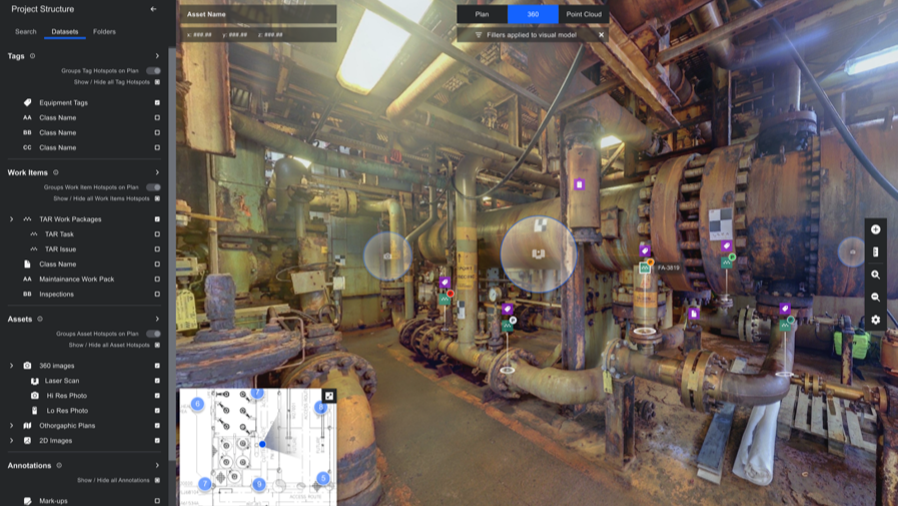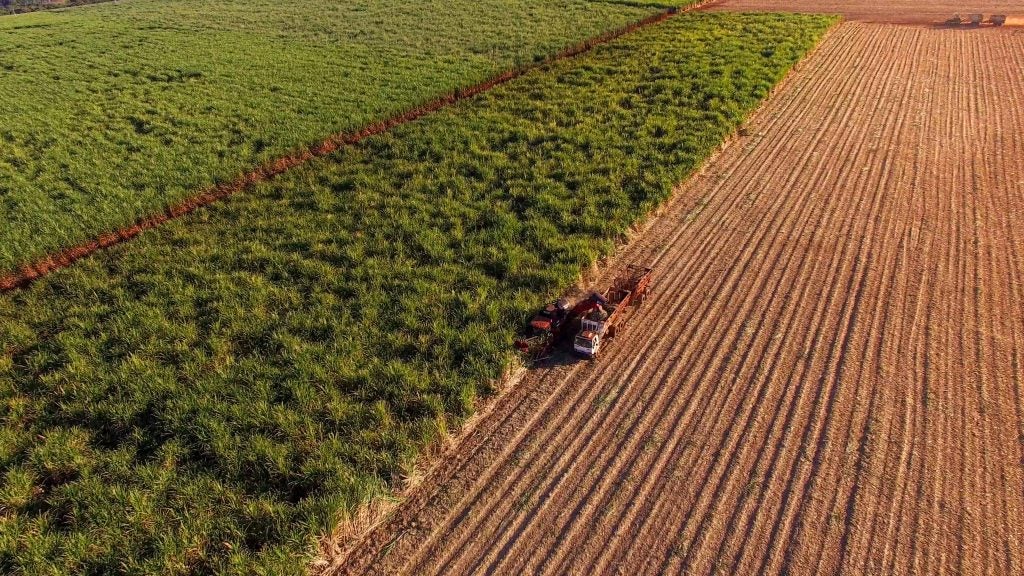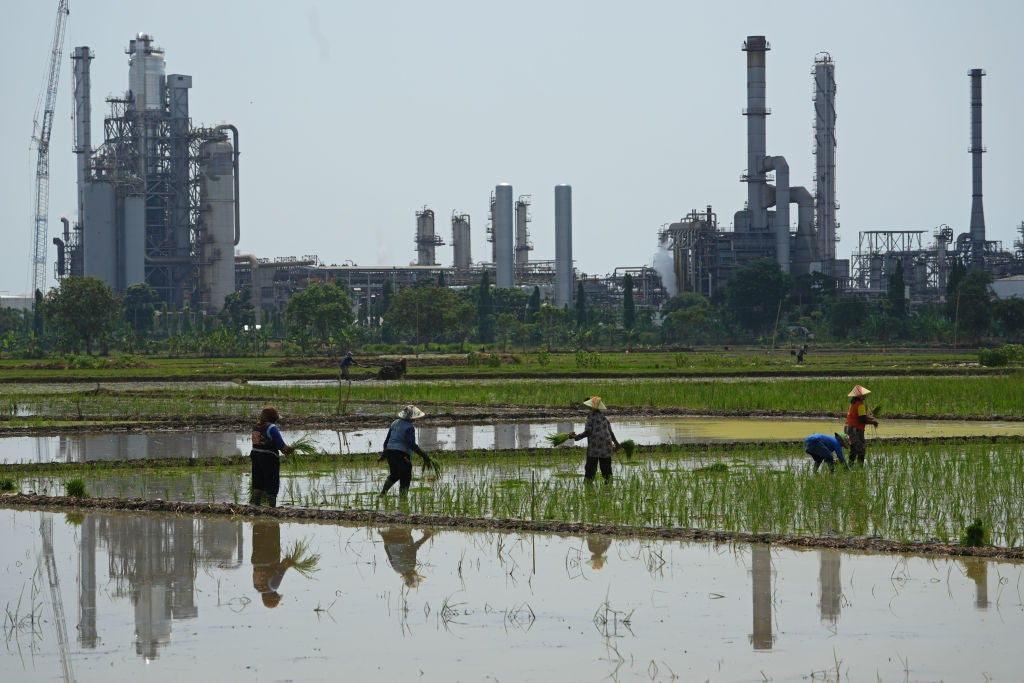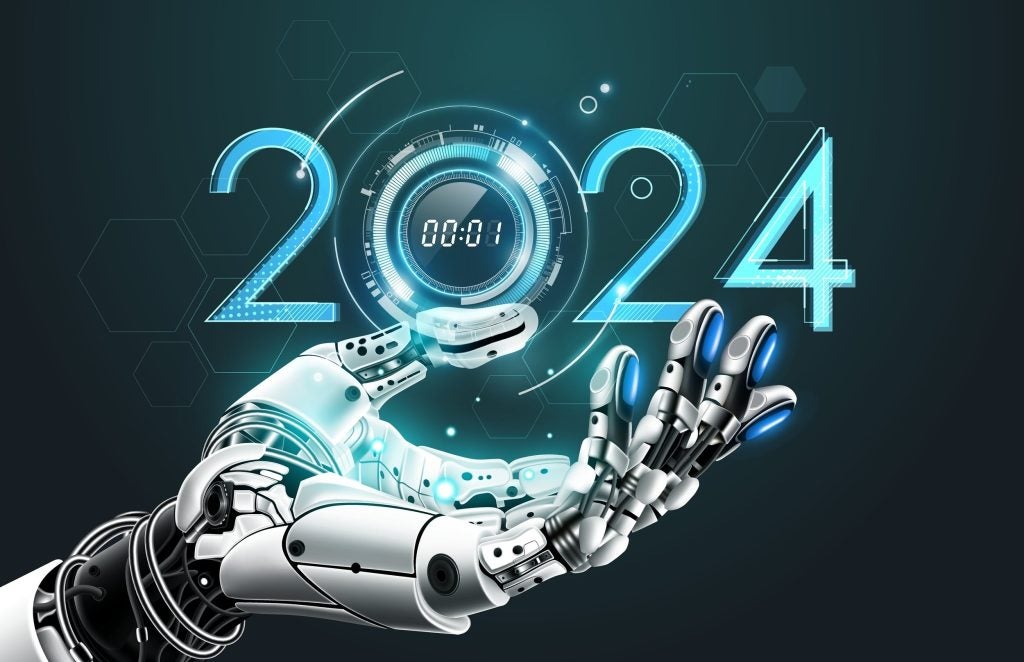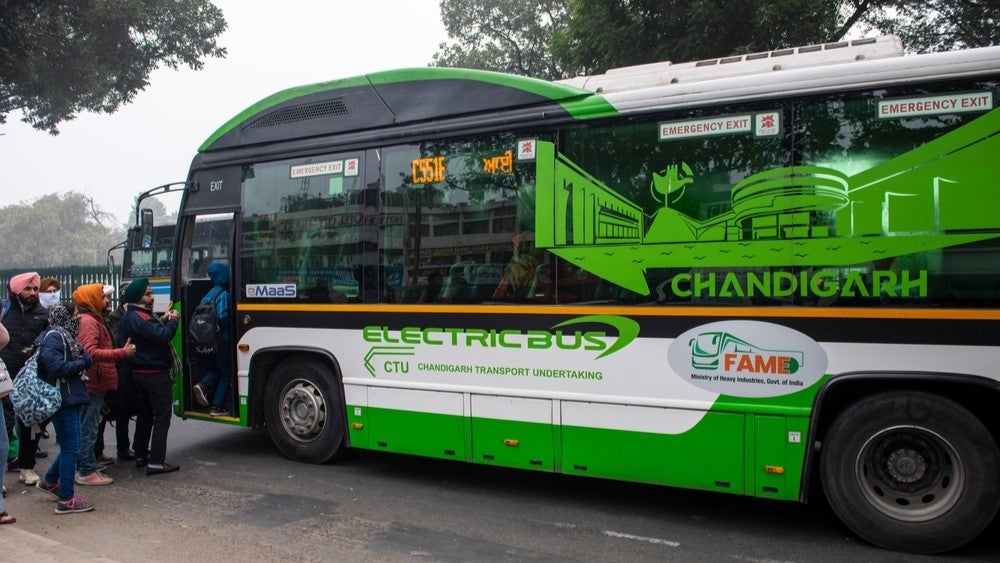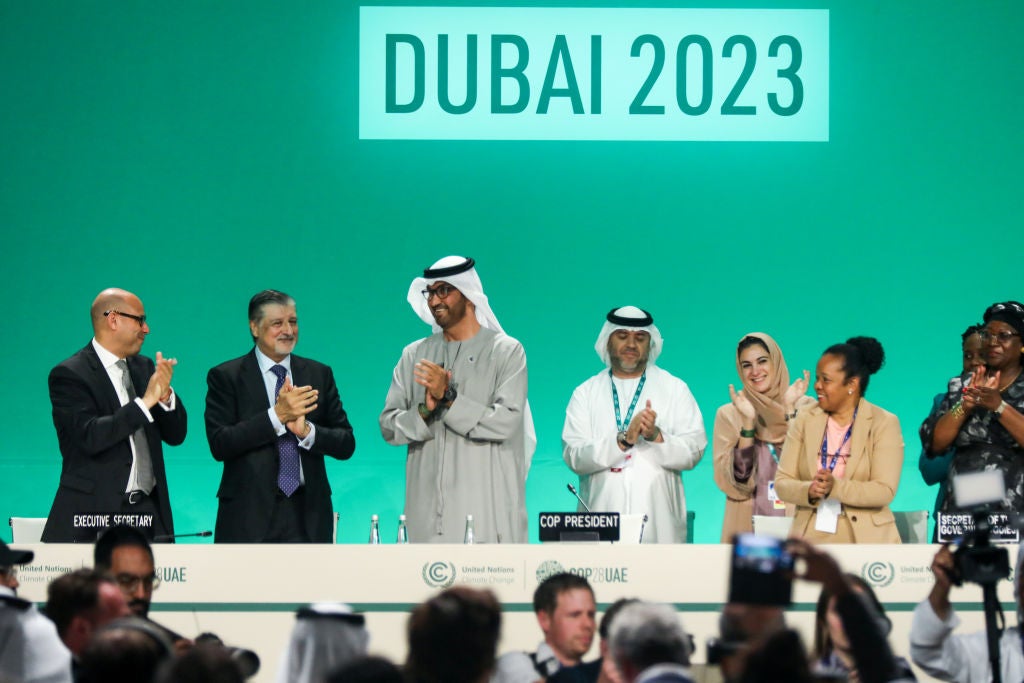Since President Joko “Jokowi” Widodo committed to net zero emissions by 2060 last year, Indonesia has looked to streamline its energy transition; however, outdated and isolated assets are proving to be an obstacle.
Modifying and replacing outdated infrastructure in the sector has become an evident – but costly – priority for Indonesia, prompting Jokowi’s COP28 statement that Indonesia would need over $1 trillion in climate financing to ease the transition.
However, James Fisher Asset Information Services (AIS) – a subsidiary of James Fisher – believes in the possibility of a digital solution to ease Indonesia's energy transition and maximize the efficiency of existing assets. The company offers digital twin technology, called R2S (previously ‘Return to Scene’), to enable the consistent collection of data remotely, and to offer access to actionable information from multiple data formats and sources.
The potential of digital twins in Indonesia’s energy industry
Azka Yasyfa, Business Development Manager for APAC at James Fisher AIS, spoke to Energy Monitor about the potential of digital twin technology to streamline Indonesia’s transition: “What we do is we capture the asset and then we make digital copies. In the digital copy, we put every layer of data inside of it.
“For example, in a jacket platform in the oil and gas industry, we could see not just the asset, the inside or the outside, but we could also see what is happening: what the situation is in reality at that time. We could integrate it with CMMS [computerized maintenance management systems] like SAP, or Maximo; we could also integrate it with live data, such as maybe SCADA [Supervisory Control and Data Acquisition] or CCTV. We could also add engineering reports – it’s kind of like a big data management, but with added value from the visualization of the assets.
“We’re trying to break this data silo and put it in one, but not only in 2D… we’re also putting it in 360 degrees, using the drone capture also the lesser scan capture. We’re trying to put all of this data into one dashboard... the big thing is the efficiency that we can bring; one of our clients here in Indonesia is saving $3.5m in one year.”
Funding Indonesia's energy transition
The Institute for Essential Services Reform estimated that around $116bn would be needed by 2030 to build the renewable energy infrastructure needed for Indonesia’s energy transition, whilst the IEA suggested that $35bnwould be required annually to comply with the 1.5°C pathway.
However, current financing misses the mark. The Climate Policy Initiative’s analysis of the Indonesian power sector suggested that renewable energy finance only reached $3bn annually from 2015 to 2021.
Azka explained how investment in new, digital solutions could modernize the energy sector in Indonesia, ahead of transition goals. “People in Indonesia are embracing new technologies and trying to get more investment here” he said, adding that “this investment is really being pushed by our government, because right now, the situation here in Indonesia is that there are a lot of aging assets that are still being used and production is declining because of that.”
Indonesia's pain points and the digital solutions
Efficiency is a primary concern on the Indonesian energy industry, as the country faces obstacles posed by ageing assets spread across 17,000 islands. Digital solutions could offer energy producers a centralized system of data management, allowing them to pinpoint operational issues remotely and thereby maximizing output, despite degrading assets.
Azka explained the industry’s pain points: “Indonesia is very fast, very big, and most of the region is separated by the sea. We have around 17,000 islands here in Indonesia, and these oil and gas reserves are somewhere in the outside regions, and in the small islands. The main pain point is how to centralize this data, because all of the central companies are located in our capital, Jakarta.” The sheer size of the country can cause significant and dangerous delays, Azka notes: “It can take two days to get there; these places are very hard to reach and most of the time, the day the anomalies or accidents happen can’t be the day they are acted on.”
However, new digital platforms can provide a key solution to these issues, as Azka has seen “Everyone in my clients’ company can open it anytime and anywhere because we are web based. They could open it from their phone or tablets and everyone can get the job done quicker. It targets the most major pain points right now, which is that all the data silos in all the first region and the platform are located very remotely.”
The move to renewable energy
The Indonesia Net Zero Emission (NZE) Roadmap was laid out in September 2022, defining the country’s plan to eliminate coal-fired power as a national energy source by 2030, and to reach an 87% renewable energy mix by 2060. The goals will drive change over the coming decades, and Azka expects digital solutions to simplify the transition.
“Right now, oil and gas is the pillar of our economic system, especially in the energy industry, but our government is also trying to push greener energy through gas and solar. In November, our president opened up a new solar power plant, the biggest in Southeast Asia.”
“All of the technology that we are trying to embrace right now is getting applied to every energy source that could replace oil and gas. However, we know that right now, the production is going slow.
“These kinds of technology (IoT AI, digital twins) are very helpful right now, because they help the transition to the renewable sector. This will build a system more likely to sustain energy for the people of Indonesia.”


